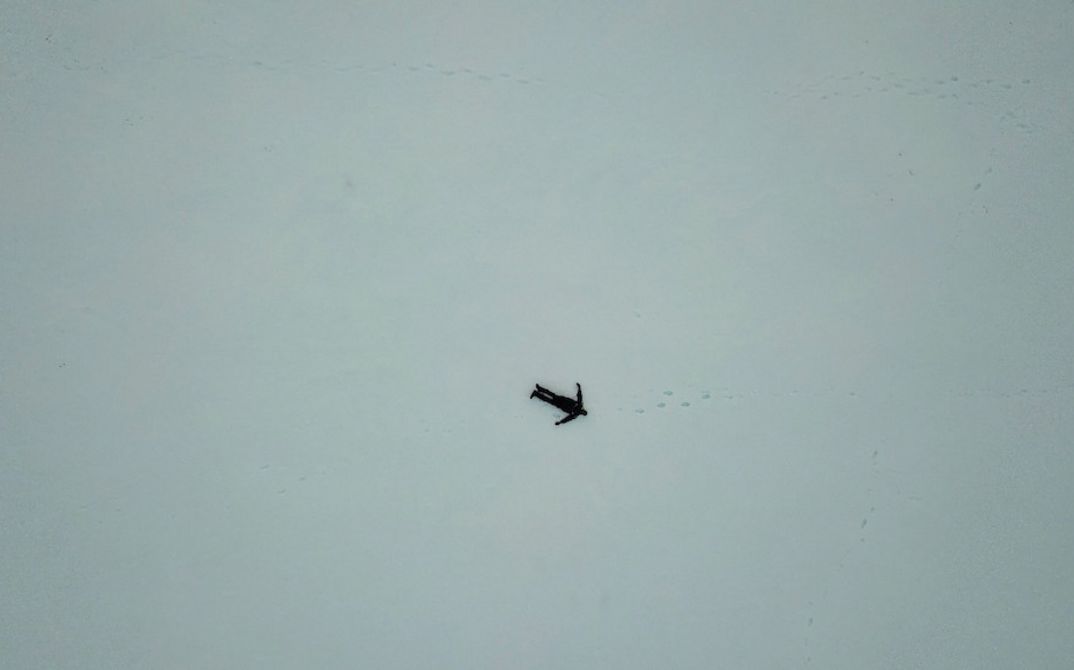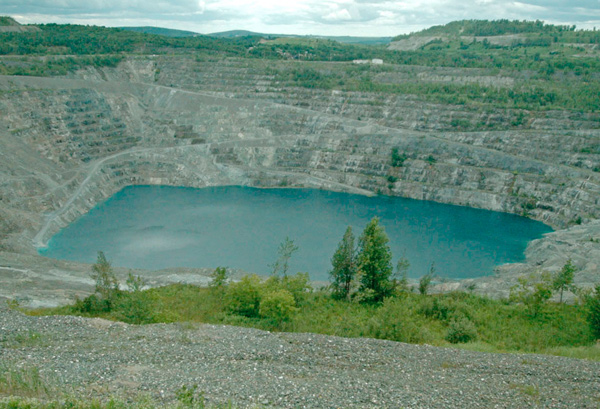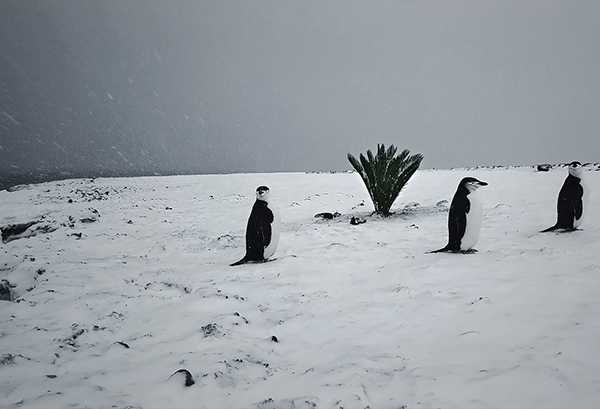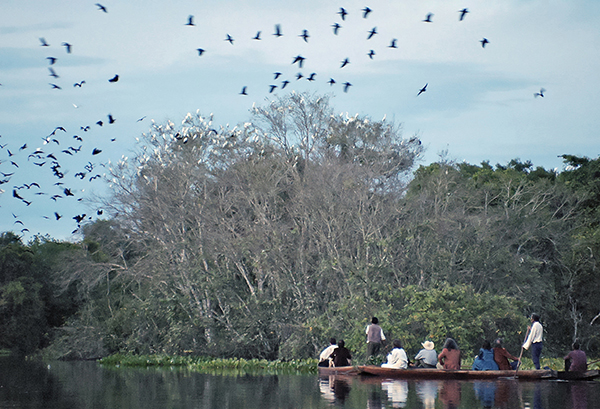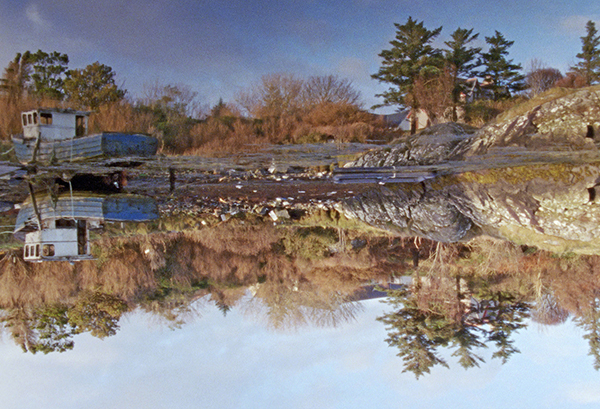How to recenter the nonhuman? More and more filmmakers are asking this same question in response to the multi-faceted ecologic crises currently unfolding and in line with developments in contemporary philosophy and theory. It has also been one of the central questions in my own recent filmmaking (including ASBESTOS, co-directed with Graeme Arnfield, Berlinale Forum Expanded 2017) and research. 1See Sasha Litvintseva, “Geological Filmmaking”, Open Humanities Press, upcoming; Sasha Litvintseva, “Geological Filmmaking: Seeing Geology Through Film and Film Through Geology”, in: Transformations, vol. 32, 2018.
It has now almost become a truism to bemoan that the history (of mainstream) fiction and non-fiction cinema has thus far centered upon human protagonists, stories and concerns. Films have been made about humans via visual codes that have become habitually legible to human film viewers and by the use of technologies developed with the explicit aim of emulating human sight. So how might the nonhuman be recentered cinematically? Filmmakers could approach this via the content of their films: eschew human protagonists and focus directly on nonhuman subject matter. They could explore it via form: experiment with the use of camera, framing, movement, editing, sound and duration in ways that challenge and destabilize human subjectivity. Or they could design a way of working with specific types of image-making technology that allow for the autonomy of the apparatus, itself a nonhuman agent, to make its presence felt.
Adopting the nonhuman perspective of an artificial intelligence
Indeed, if a filmmaker’s aim is to adopt a nonhuman perspective and highlight nonhuman agencies, they may likely choose to do all of the above: design a technology-based process directly in response to a nonhuman subject matter and let the form arise in the process. Viera Čákanyová’s FREM (Berlinale Forum 2020) is a striking example of such an approach. The director refers to it as a non-anthropocentric film, literally without a human at its center. The film’s protagonist is conceived to be an artificial intelligence, whose subjectivity is expressed not narratively but formally and technologically. Čákanyová seeks to adopt the AI’s nonhuman perspective by highlighting the subjectivity and autonomy of the nonhuman apparatus. Shot with drones in the desolate and striking landscape of Antarctica, the film achieves perspectival positions and movements untethered from any human position of observation. The lack of visible human influence on the landscape alludes to a deep past or a deep future, yet the viewer’s likely knowledge of the ecological changes about to befall Antarctica due to melting ice sheets means that the film can also be viewed as the record of a world on the brink. Over the course of the film’s duration, the nonhuman vision presented on screen comes to mesh with our human subjectivity and thus perhaps allows us a glimpse into an alternative, non-anthropocentric world, giving us new tools for contemplating our place in this world.
Any account of contemporary work of this nature would be remiss not to place it in relation to Michael Snow’s LA RÉGION CENTRALE (1971). This now-canonical film was shot in the rocky landscape of Northern Quebec by a specially-designed machine that could tilt, pan and rotate the camera 360 degrees along every axis, independently of a human operator. The result, as Irmgard Emmelhainz contends, is that “LA RÉGION releases the subject from its human coordinates”, enacting a “displacement of the human agent from the subjective center of operations.” 2Irmgard Emmelhainz: “Images Do Not Show: the Desire to See in the Anthropocene”, in: Heather Davies, Etienne Turpin (ed.): Art in the Anthropocene: Encounters Among Aesthetics, Politics, Environments and Epistemologies, London: Open Humanities Press, 2015, pp. 133-4. The gaze of the camera is definitively not human. As Snow himself suggests in his writing, the camera “more and more sees as a planet does,” transporting the subjectivity of the gaze from the viewer to the ground of the landscape itself. 3Michael Snow: “The Collected Writings of Michael Snow”, Waterloo, Ontario: Wilfried Laurier University Press, 1994, p. 59. Snow writes that he “wanted to make a film in which what the camera-eye did in the space would be completely appropriate to what it saw, but at the same time equal to it.” 4Ibid., p. 57. It is fairly straightforward to understand the first part of this sentence—completely appropriate to what it saw—as developing a formal strategy directly in response to the subject matter. Creating a camera movement equal to the environment it is documenting is a much more intriguing proposition. Snow’s approach to this is to develop the always already present affinity between the nonhuman apparatus and the nonhuman subject to its fullest extent.
